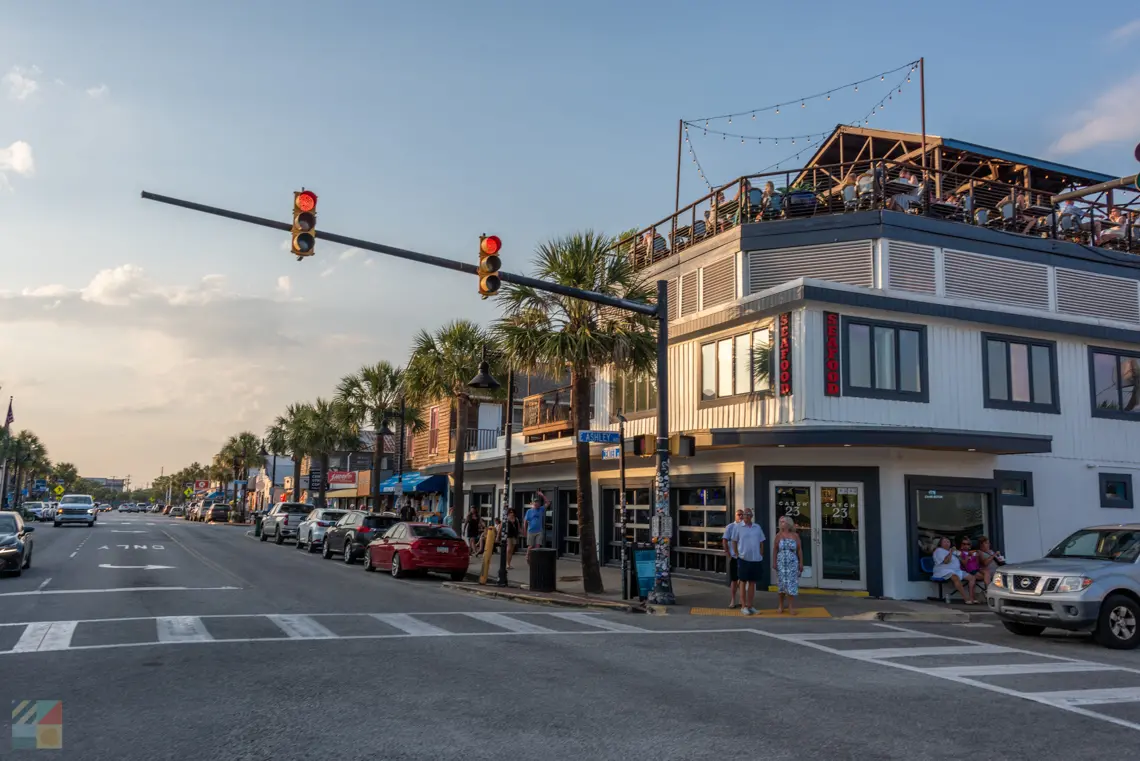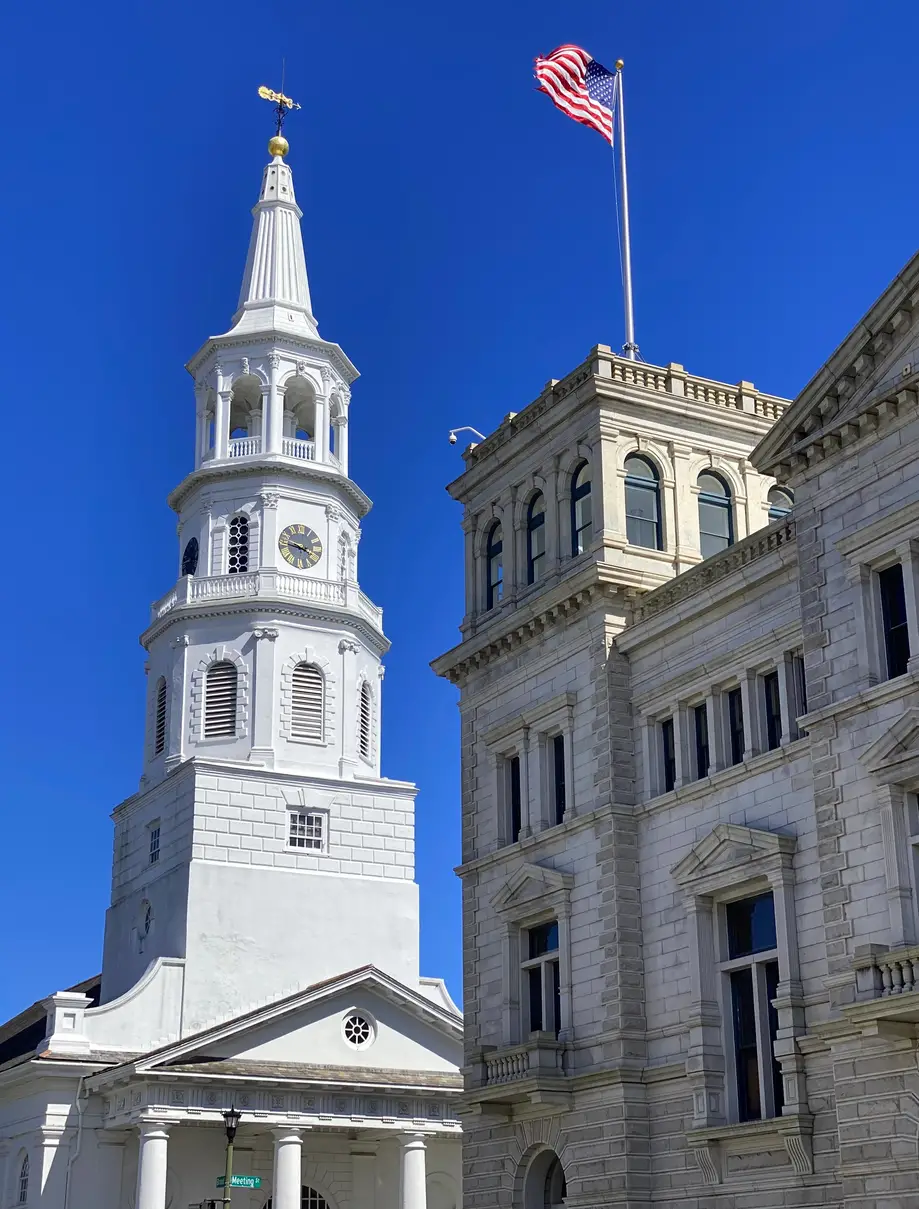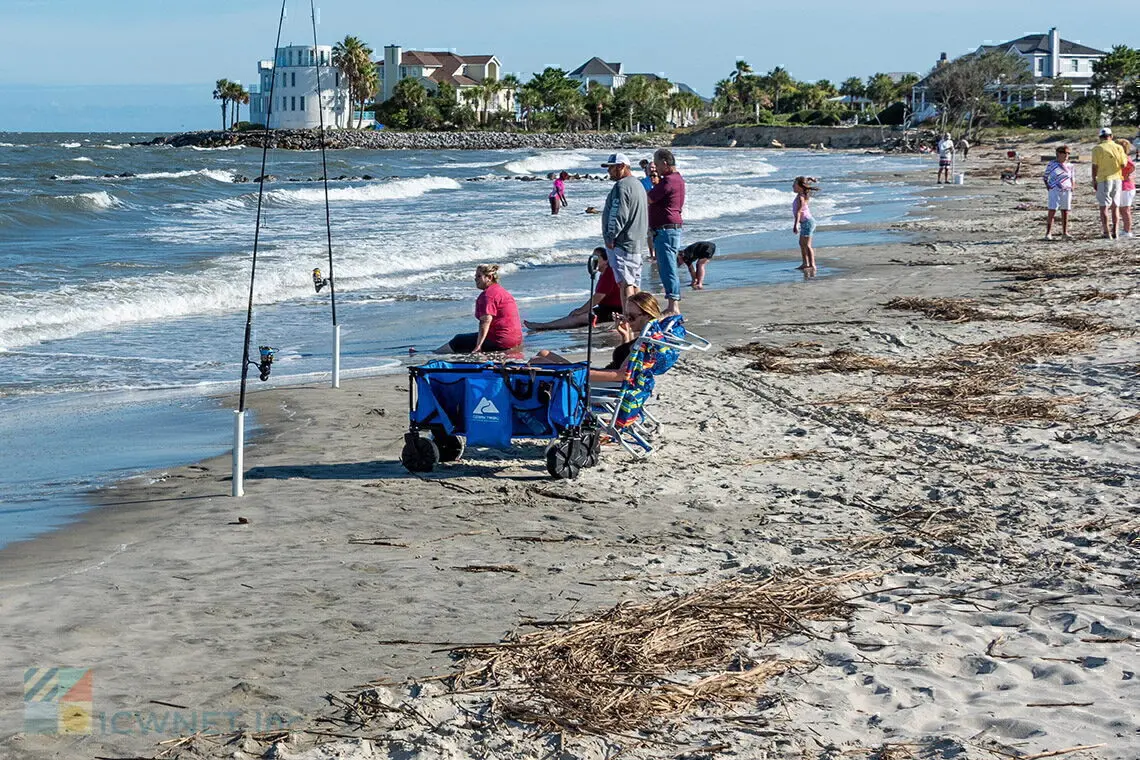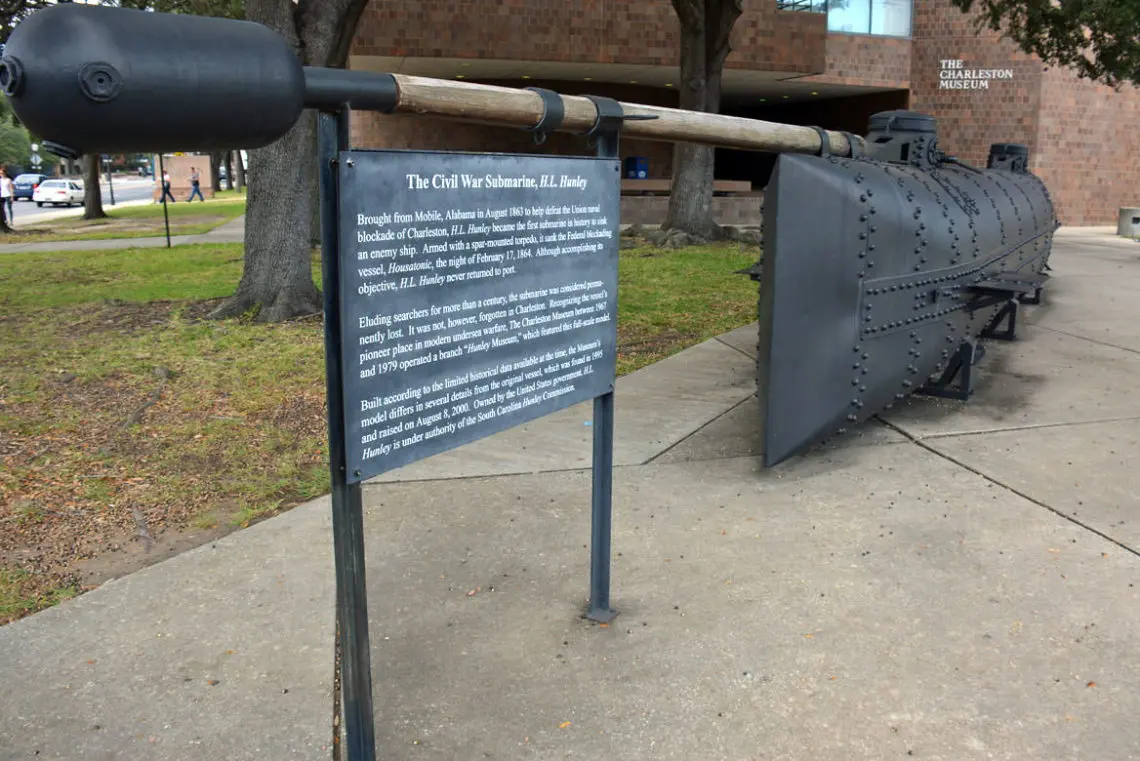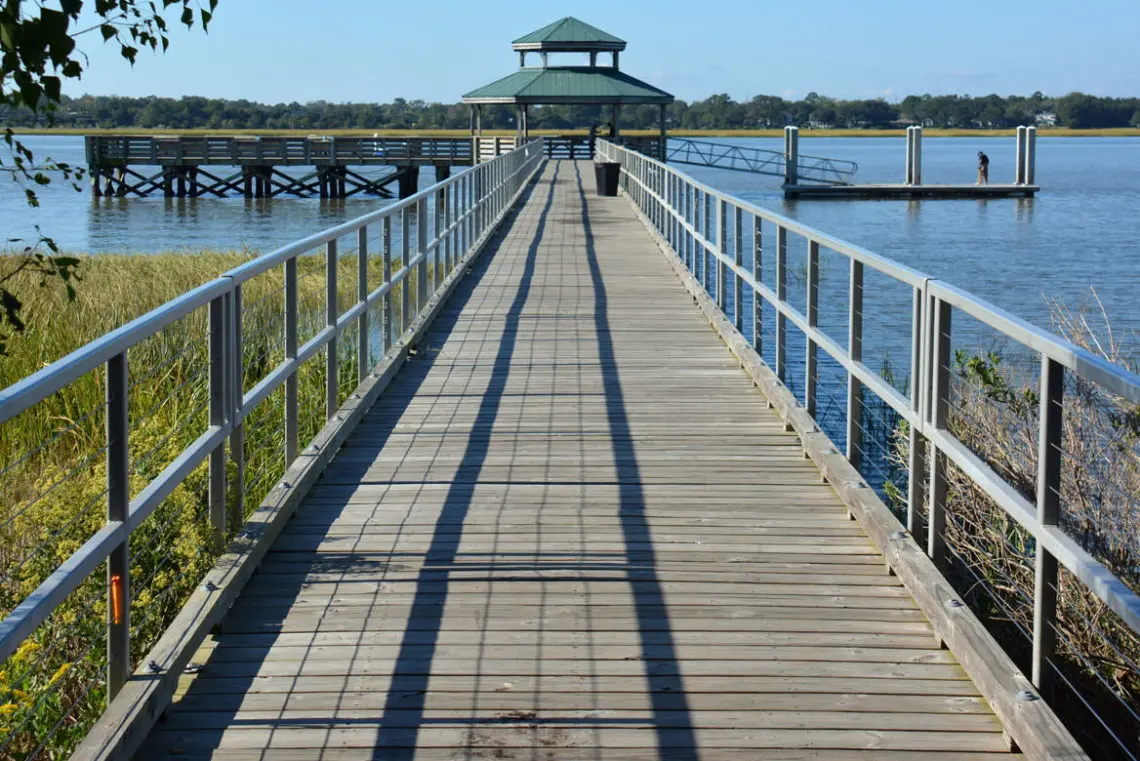Johns Island is a unique region that sits almost directly in between the popular city of Charleston and the barrier island beaches that border the Atlantic shoreline. Technically the largest island in the state of South Carolina, this isle has more of a down-home, Lowcountry feel with acres of flat terrain, a spread out population, and a surprisingly large number of natural, historical, and altogether entertaining attractions that can be found well off the beaten path, under Spanish moss covered live oaks, lush vegetation, and South Carolina's signature Palmetto trees.
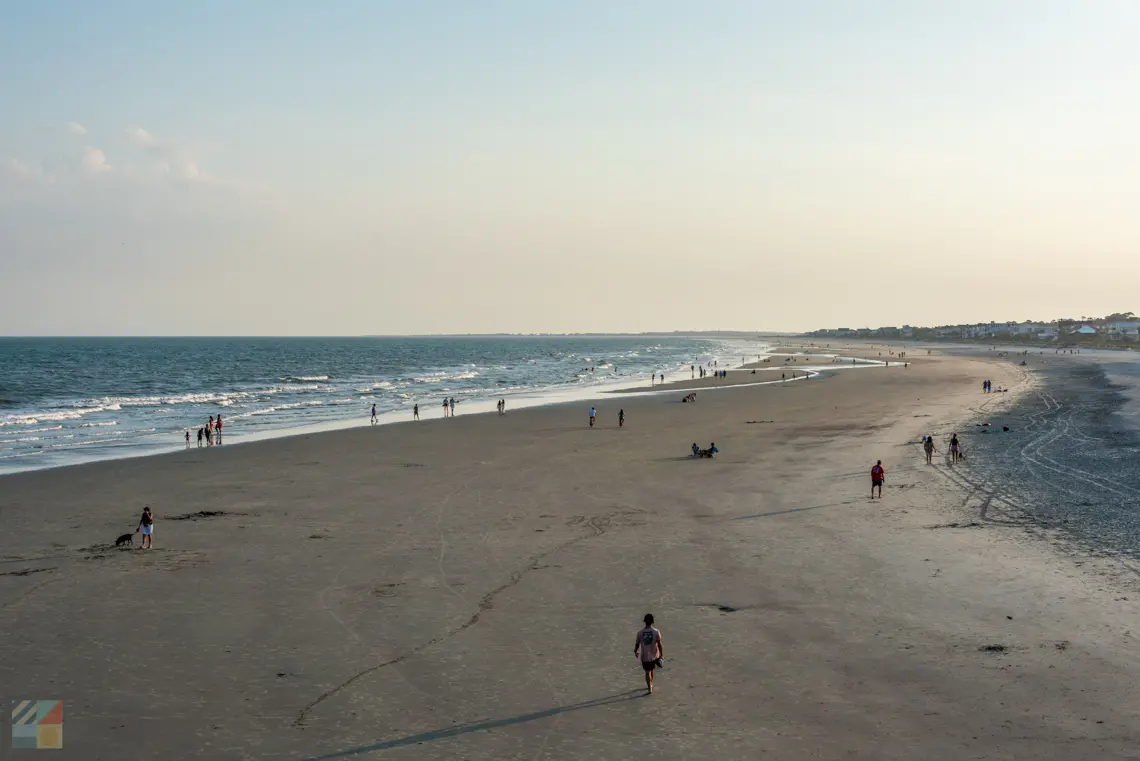
Johns Island, besides being the largest isle in SC, is also the fourth largest island along the East Coast, surpassed by far more populated regions like Martha's Vineyard and Long Island, NY. Only 14,000 residents take up space in this 84 square mile region, lending it a quiet isolation that visitors will immediately notice as soon as they leave the town limits of Charleston along US 700, and drive through the peaceful and virtually wild territory.

Despite its relative lack of development, Johns Island actually has just as long a history as its heavily populated Charleston neighbor, as colonial maps dating back to the 1690s note several plantations established along the banks of the Stono River. Visitors will notice that a number of the region's unusual names - like Stono and Kiawah - are actually derived from the original tribes of nomadic Native Americans, who farmed the Lowcountry land for centuries before the English settlers ever arrived.

Johns Island was prized for its Indigo and later rice crops, which relied on slave labor, and was the site of one of the region's earliest slave rebellions, the Stono Rebellion in 1739. The doomed rebellion began with 20 slaves and quickly grew into a small marching army, before it was squashed by Lieutenant Governor William Bull and a coalition of local plantation owners.

During the Revolutionary War, Johns Island was overtaken by British troops in 1779, who used the island as a launching point for a Charleston attack, and who occupied the region until 1782.Johns Island would rise to infamy again during the Civil War, as the site of the Battle of Bloody Bridge in 1864 - an event that, despite its ominous name, was actually a success for Confederate South Carolina as 2,000 Southern Troops were able to hold off a Union force of 8,000 soldiers during a three day siege.
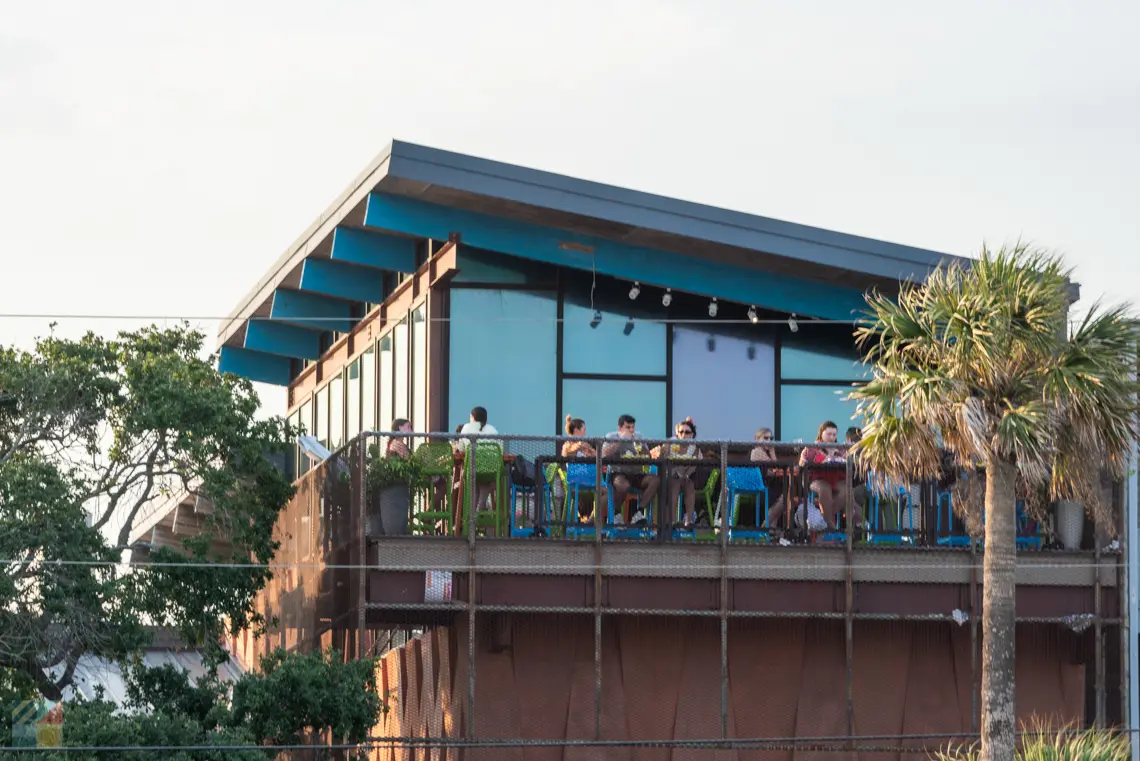
These sometimes violent early roots are not felt in present-day Johns Island, (with the exception of the occasional Civil War reenactment), and instead, the island is a perfect representation of the laid-back Lowcountry lifestyle at its finest. That's not to say that Johns Island doesn't have its fair share of attractions and amenities. Freshfields Village, one of the most acclaimed shopping complexes in the region, has acres of local boutiques, restaurants, services, and summer concerts, outdoor movies, and other special events to keep a Johns Island vacationer busy regardless of the season.
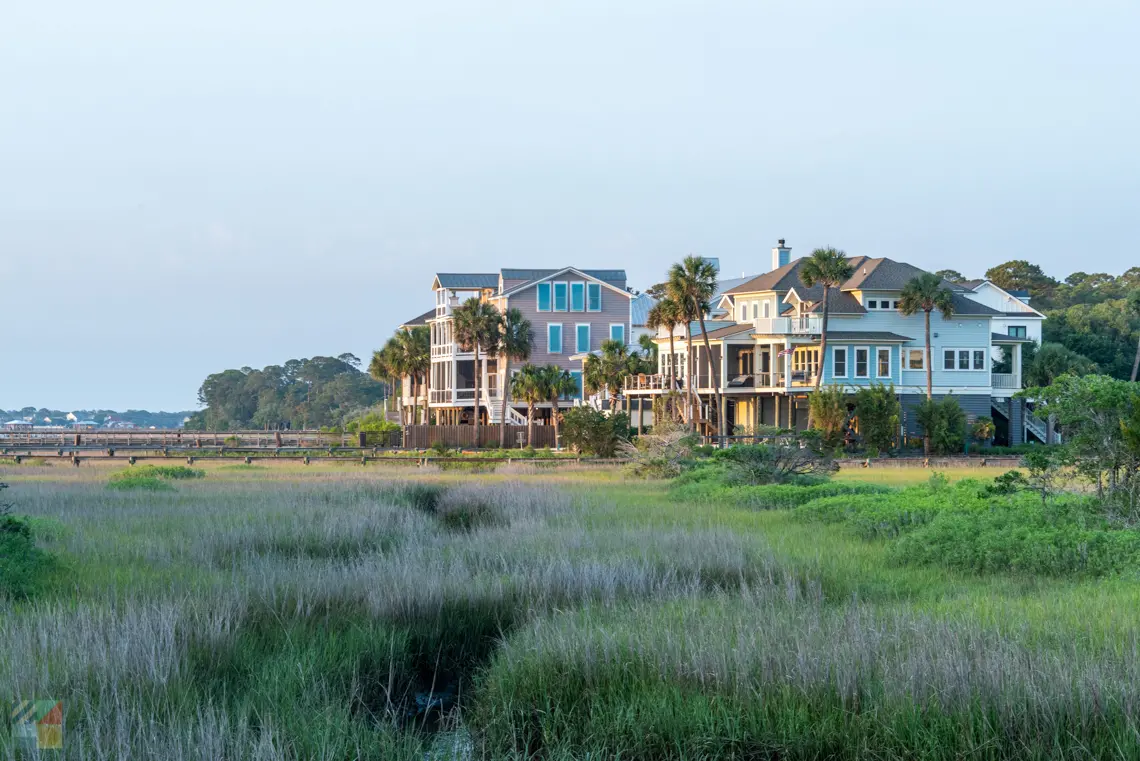
The Charleston Executive Airport also tends to be a happening spot, with nearly 55,000 aircraft operations every year, mainly consisting of high flyers and jet-setters arriving and departing the Charleston region and the outlying barrier islands.
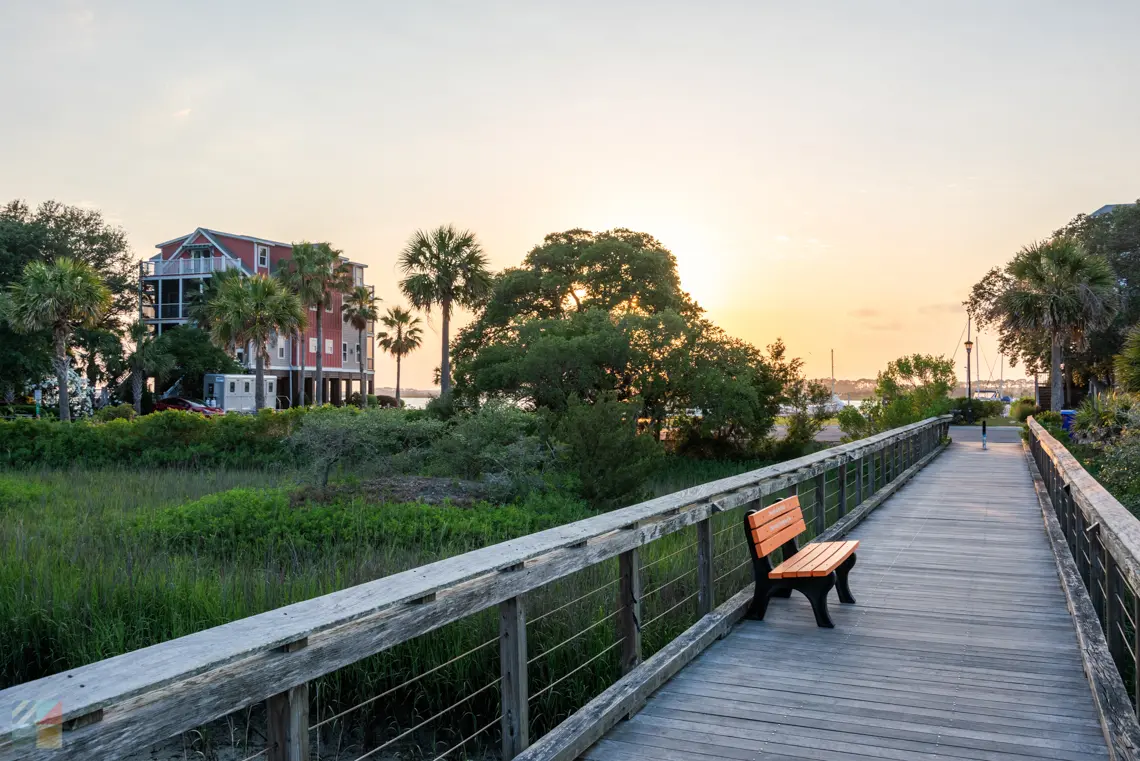
A number of small charter fishing boats and kayak tours and rentals can also be found on the island, taking visitors deep into the low-lying salt marshes for some of the most exceptional bird watching, fishing, and wild vistas in Charleston Country.
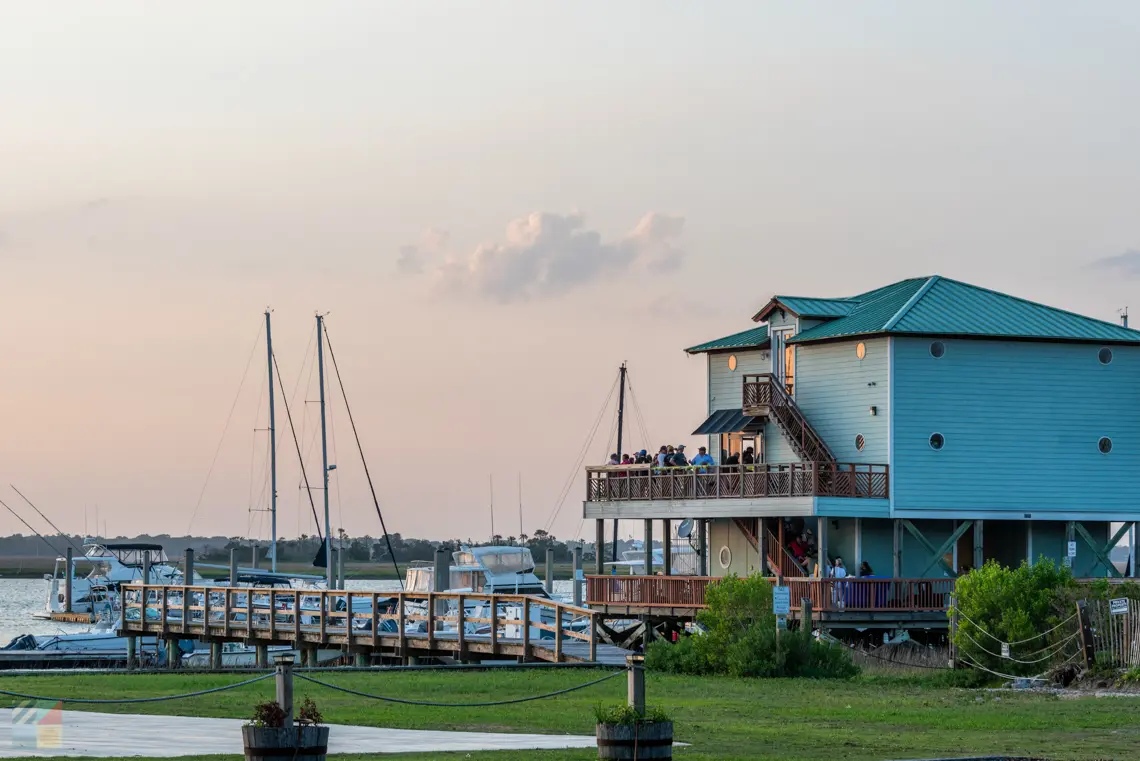
If nothing else, visitors passing through will want to make a stop at the Angel Oak, located within the small Angel Oak Park. This incredible tree, which looks like it was borrowed from a fantasy movie set, it a whopping 25' feet wide and 65' feet high, and is estimated to be approximately 1,550 years old. With more than 17,000 square feet of shade to go around, this local natural landmark is easily one of the most photographed sites south of historic Charleston.

For accommodations, visitors can stay adjacent to the Freshfields Village complex for ridiculously easy shopping and dining, or check out local sites for privately owned homes that are available for weekly or monthly rentals. There are more than 50 restaurants in the area, (including a large selection within Freshfields Village), and visitors will definitely want to saddle up to a large plate of shrimp, crabs, and homemade barbecue - all local specialties which are expertly prepared by local chefs who are ingrained in the regional seafood industry.If nothing else, Johns Island serves as a pretty day trip from the barrier island beaches of Kiawah Island and Folly Island, or the more crowded streets of Charleston. Located about 20 miles from both tourist destinations, exploring the heart of the Lowcountry takes just minutes, and is a fun exploration that is sure to wow newcomers with its authentically wild wooded landscapes and miles of marsh and water views.

Johns Island may have begun as a popular colonial plantation region, but as the city of Charleston grew, the humid and humble region stayed close to its roots, with lush green landscapes, a slow-as-molasses pace, and just enough attractions to keep a visitor entertained, but with plenty of time leftover to enjoy a shaded porch-side drink.

Life may move a little slower in Johns Island, but locals and frequent visitors wouldn't have it any other way. Explore the fantastic seafood restaurants, the expansive but easy-going Freshfields Village complex, and the jaw-dropping Angel Oak, and see why the largest island in the state is clearly worthy of attention.




108 Elemental
A Stroll Through Historic Charleston Duration 2 Hours About Charleston is considered to be one of the most historic and beautiful cities in the country. However, that history was often times was laced with tragedy and war, marring the city...
The Reel Deal Charters
*Enjoy Your 2 Hour Shark Charter!* **Start times may vary depending on the tide. We will call you the evening before your charter to confirm the exact start time.** **Morning Times: 6:30am - 9:00am Afternoon Times: 10:00am ...
Wild Dunes Resort
Join us for the resort's most popular holiday at the Harvest Hangout! To celebrate Thanksgiving, join us for a buffet, bingo, Thanksgiving feature, and more fun for the whole family! **Date:** November 22nd **Time:** : 5:00 PM - 8:00 PM...
Charleston Fish Rod Bending Company
Join us as we fish the Jetties and nearshore reefs 1-12 miles off the beach. Duration 4 - 6 Hours **Price includes 2 people, $75 per additional guest* About We will target Bull Redfish, Black Drum, Sheepshead, Mackerel, Weakfish, False...
Saltgrass Charters
duration: 6 Hours meeting_point: Shem Creek Marina Boat Ramp description: Set sail on a 6-hour Island-Hopping Day cruise, where you’ll visit some of Charleston's stunning barrier islands. Collect seashells, search for shark teeth, and enjoy the...
Lowcountry History Strolls. LLC
Duration: 1.5 to 2 Hours About: Join us on an insightfully historic tour tracing America's Revolutionary war history in Charleston and the nation's youngest American hero; 19 year old marquis de Lafayette, who steamed across the Atlantic to...
Charleston, South Carolina is a prime destination for fishing enthusiasts, offering a wide range of opportunities for both fresh and saltwater fishing. Whether you're a seasoned angler or just starting out, this ultimate fishing guide to Charleston...
It's almost ironic that The Charleston Museum, which paints a complete portrait of Charleston's centuries of history, has a unique history all its own. Well known as "America's First Museum" and recently named one of the top five museums in...
The seaside town of Folly Beach, and the barrier island of the same name, has a lot of lovingly applied nicknames from long-time locals and visitors alike. Known as "One of the last real American Beach towns," and "The Edge of America," this...
Located at the edge of the Ashley River, next to the Joseph P. Riley, Jr. minor league baseball stadium, Brittlebank Park is a refreshing breath of fresh air that serves up some of the best water views in the region, while serving as an occasional...
